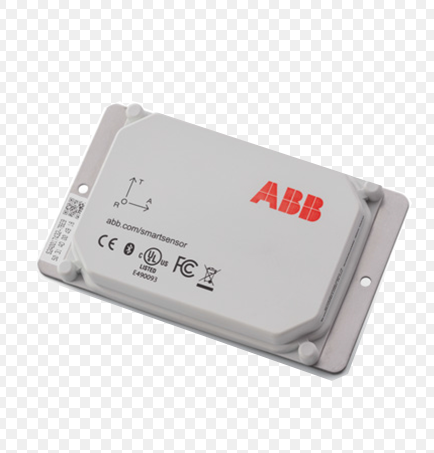(DO NOT DELETE MY COMMENTS)
Page to be edited by Pranay - Source from ABB & Baldor Website and our Technical Details Folder

Basic information

ABB’s smart sensors monitor your electric motors to increase their performance, efficiency, reliability, and lifespan. The pocket-sized performance-measuring device can be retrofitted to almost any low-voltage motor and connect it to the Industrial Internet of Things. Operational data is transmitted from the sensor to a secure, cloud-based server, where it is analyzed and transformed into feedback sent directly to your smartphone or tablet.
Advantages
- The smart sensor supports your plant’s operational software to optimize motor performance for maximum efficiency and value.
- Safety – Smart Sensors can improve safety because maintenance inspections can be done from a distance
- Reliability, the cost of NOT running – Smart Sensors help to reduce downtime by moving towards proactive maintenance.
- Energy Savings – Smart Sensors help to reduce the energy consumption for a fleet of motors by up benchmarking rewound motors.
- Maintenance Savings – Smart Sensors help to save time and effort of maintenance technicians
- Net Working Capital – Smart Sensors reduce the need for spare inventory and redundant installations, motors live longer.
- Secondary Risks – Smart Sensors help to mitigate liabilities, such as warranty, availability guarantee, transportation damage, etc.

How does it work
- The sensor takes a measurement every hour and has a memory for a month.
- Within that month the data is collected, either manually with a smartphone or automatically via a gateway.
- The data is analyzed by the powerful algorithms of ABB, the world’s leading manufacturer of electric motors
- The condition of the motor is shown as traffic lights in the smart sensor app. This will tell the service engineer if there is anything to worry about.
- Trends and historical data are shown in a web portal. This can be used for plant optimization and advanced analysis.
System layout

Installation
- Note– Make sure that the bracket can be clamped to the cooling fin such that the neighboring fins do not prevent attaching the sensor.
- Step 1– Check the gap between the legs of the mounting bracket to match the thickness of your motor’s cooling fins. If necessary, use a vise to tighten the bracket so that it can clamp firmly onto the cooling fin.
- Step 2– Degrease the upper and lower surfaces of the selected fin at the recommended mounting position.
- Step 3– Apply LoctiteTM 454 glue or similar to the clamping bracket legs before attaching it to the fin.
- Step 4– Clamp the mounting bracket onto the cooling fin of the motor.
- Step5– Use a hammer with a rubber or plastic head to assist with the insertion of the mounting bracket until the edge of the cooling fin touches the inside face of the bracket. Do not hit the central screw of the bracket.
- Step 6– Verify that the mounting bracket is securely fastened all the way through and that the cooling fin edge touches the inside face of the bracket.
- Step 7– Use the 2 hexagon socket screws to securely fasten your ABB AbilityTM Smart Sensor to the mounting bracket.
- Step 8– After fastening the ABB AbilityTM Smart Sensor to the bracket, ensure that the bottom plate of the sensor makes contact with the central hexagon socket set screw of the mounting bracket. If necessary, adjust the middle screw with LoctiteTM Blue or equivalent thread locker.
